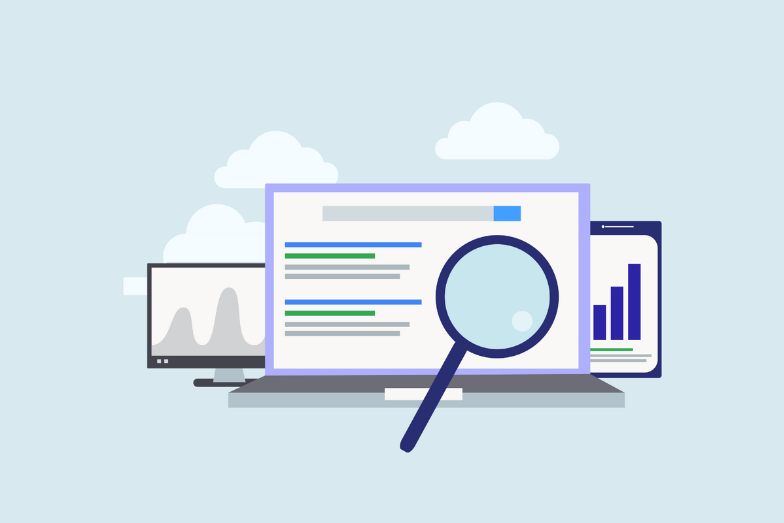
March 22, 2023
What is Google Analytics 4 (GA4)?
Starting off with the basics – what even is Google Analytics 4? A great question, so glad you asked! Google Analytics 4, known as GA4, is Google’s newest platform for data collection and will be replacing Universal Analytics (UA), known recently as GA3. UA first launched in 2005, and apart from general updates, the platform has remained the same. GA4 launched in October 2020, and since then there have been more updates to the platform than you could count. GA4 will officially be replacing UA as of July 1st 2023, meaning no new data will be gathered in your UA property after June 30th.
How is GA4 different than Universal Analytics
Now that you know what GA4 is, you might be wondering, ‘How can it be that different, it’s all Google Analytics… right?’ Unfortunately, it’s not that simple. GA4 is a different platform than UA; it has a different interface and different functionality. While some metrics and dimensions have remained, others have been overhauled. For example, there are no longer ‘unique pageviews’, only pageviews (now called ‘views’) – this is because every interaction should count, not just those that are unique. Another example is how there is no longer a ‘bounce rate’ metric, only ‘engagement rate’. Granted, you could easily create a formula to show the opposite of engagement rate to find bounce rate, but it is still important to understand the purpose behind these changes. GA4 has a strong emphasis on activity and conversions – it’s all about understanding how your users interact with your site. Along with new metrics, dimensions, and calculating formulas – the interface itself has changed. These changes allow for much more flexibility and customization in the data that is shown.
What do you need to know?
It’s an immense undertaking to learn this new platform, but there is no time like the present! There are a few things you should know before you create your new GA4 property. The first is to be aware of the ‘migrate’ and ‘GA4 Set Up Assistant’ buttons – you maybe have seen the large alert bar or the pop-up alert about using these options to set up the GA4 account, but beware, this ONLY sets up the property itself, it does not handle the data transference. To send data from your site to the new GA4 property, you will most likely need to utilize Google Tag Manager (GTM). We have found that GTM is the most efficient way to transfer data from your site into Google Analytics.
The good, the bad, the ugly
Learning a new platform can be overwhelming, especially if you must relay that information to your c-suite or board members. But have no fear, there are some positives associated with GA4! For starters, the interface is inherently simpler than UA, meaning you are no longer over-loaded with every ounce of data possible – instead the platform offers basic reports to provide you with a high-level overview of what you need to know. For more advanced requests, you have the ability to create your own customized reports with the Explore/Explorations feature. There is also a strong integration of AI insights. AI will read and digest your activity and sections of data you view the most to identify trends in your traffic as well as sharing ‘smart charts’. GA4 is highly customizable and is meant to give YOU the ability to see what is important to you, and your business goals.
Now, positives aside, there are *a few* things about this platform that are not exactly ideal. It is increasingly difficult to learn a platform when it is changing and evolving each week. For instance, when GA4 was launched the concept of ‘sessions’ was removed entirely. Then, due to backlash from the marketing community, Google has brought back ‘sessions’. The interface itself often shifts around too – originally events and conversions were easily found in the side navigation, now it has been shifted into the settings gear section. A downside of GA4’s versatility and customization is preset reports that are very basic, and if there were certain KPIs you used often in UA, you may have to hunt around to find what you’re looking for. You need to be willing to poke around the platform and force yourself to become more comfortable with it.
One of the largest setbacks with GA4 is data retention. Google has announced that with GA4, event-based data will only be retained for a maximum of 14 months. This is a significant modification compared to UA’s unlimited storage. Another frustration is for those within the marketing community who utilize data visualization tools for reporting as GA4 has massive quota limitations. Meaning either your reports need to be significantly less robust, or you need to utilize data warehousing solutions to store your data to bypass quota issues. From our perspective, Google does not want to hold onto or transfer your data forever & for free (maybe they have another reason, but in true Google-fashion, haven’t been very forthcoming with reasoning).
A general recap – yes, GA4 is a completely different platform than UA. No, you cannot ‘opt-out’ of GA4, you do not have a choice. Yes, it’s overwhelming - but the worst thing you could do to yourself is waiting until July 1st to get to know GA4. We recommend creating a list of everything you like to see on a monthly or quarterly basis inside UA to prioritize which GA4 sections you should focus on first. Get in there, play around, and get comfortable sooner rather than later!







